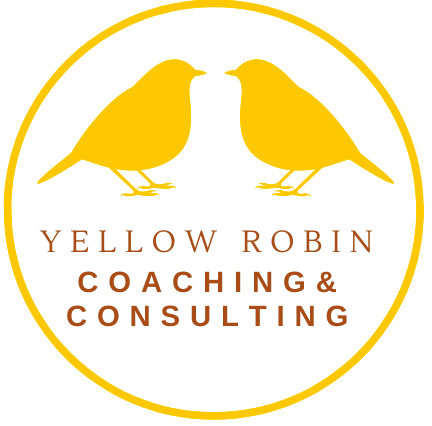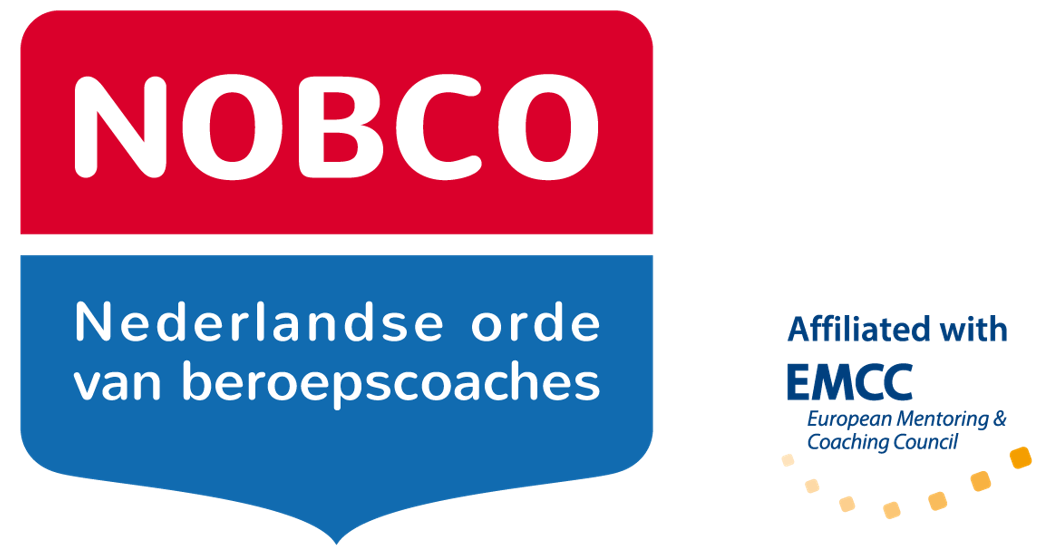Benefits of the Program
- Clarity and Direction: Gain a clear understanding of your career options and how to navigate your professional journey.
- Professional Growth: Leverage your strengths and interests to pursue a fulfilling and successful career.
- Personal Fulfillment: Find greater satisfaction and fulfillment by following a career path that aligns with your passions and values.
How the Program Works
1. Self-Assessment
Objective:
Identify your interests, values, and skills to find a career that suits you.
Possible activities:
- Career assessments: Utilize tools like Profile Dynamics, TMA (Talent Motivation Analysis) or Career Values Assessment to discover your interests and values.
- Skills inventory: List your skills, both hard (technical) and soft (interpersonal), and rate your proficiency in each.
- Reflective exercises: Journal about past work experiences that you enjoyed and felt passionate about. Identify the common skills and activities involved.
2. Exploring Career Options
Objective:
Research and explore potential career paths that align with your interests and strengths.
Possible activities:
- Career Research: Investigate various industries, job roles, and career paths that match your interests and skills. Use online resources, informational interviews, and job shadowing to gather information.
- Career Mapping: Create a visual map of potential career options, highlighting the pros and cons of each and how they align with your values and goals.
3. Feedback from Others
Objective:
Gain external perspectives on your career aspirations and potential.
Possible activities:
- Feedback collection: Seek input from colleagues, mentors, friends, and family about your career aspirations and potential paths. Use structured questions or surveys to gather detailed responses.
- Analysis: Look for common themes in the feedback. Identify career options that are frequently recommended and consider how they align with your self-assessment.
4. Goal Setting
Objective:
Set specific, achievable career goals and create a roadmap to achieve them.
Possible activities:
- Goal Creation: Identify short-term and long-term career goals based on your self-assessment and feedback. Ensure your goals are specific, measurable, achievable, relevant, and time-bound (SMART).
- Action Plan: Develop a step-by-step action plan to achieve your career goals. Include timelines, resources needed, and potential challenges.
5. Personal Branding
Objective:
Develop a personal brand that reflects your career aspirations and strengths.
Possible activities:
- Brand Development: Define your personal brand based on your career goals, strengths, and values.
- Communication: Learn how to articulate your brand in resumes, cover letters, interviews, and professional networking. Craft a personal elevator pitch that highlights your career aspirations and strengths.
6. Continuous Improvement
Objective:
Engage in ongoing learning and professional development.
Possible activities:
- Learning opportunities: Seek out training programs, workshops, and online courses to gain new skills relevant to your desired career path.
- Mentorship: Find mentors who can provide guidance and support in your career development.
- Challenging projects: Take on projects that push you out of your comfort zone and help you develop new skills relevant to your career goals.



